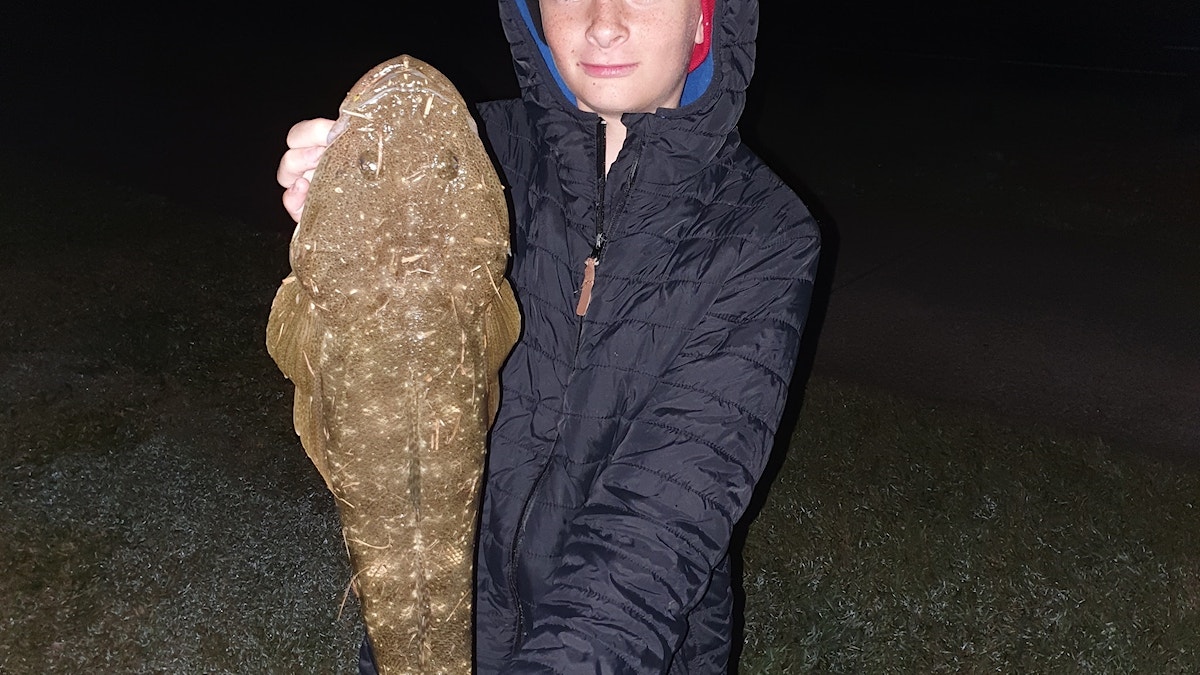

FLATHEAD are always a popular target for recreational fishers. Flathead belong to the family Platycephalidae and there are approximately 80 species known worldwide and well over half of these are known from Australia.
The name of the family is derived from the Greek words platy, meaning "flat", and kephale for "head". Most species are only small fish (less than 20cm) and they live in depths from about 1-300m.
There are three species anglers generally encounter around the Moreton region – the dusky flathead (Platycephalus fuscus), the bar tailed flathead (Platycephalus australis) and the sand flathead (Platycephalus endrachtensis). Anglers fishing offshore over sandy habitat frequently catch the eastern blue spot flathead (Platycephalus caeruleopunctatus).
The dusky flathead is the largest member of the family and the species most frequently targeted and caught by anglers in Moreton Bay. It is differentiated from the other common species by the presence of large dark blotch on the tail. It is restricted to the Australian east coast and ranges from approximately Cairns to the Gippsland Lakes in Victoria and prefers shallow water (generally less than 10m).
Dusky flathead aggregate and spawn at surf bars like Jumpinpin from November through to April. Fish can spawn more than once per spawning season. Dusky flathead that are present in estuarine locations at that time of the year do not spawn. Small juveniles less than 12cm first appear in nursery areas such as seagrass and mangrove areas 1-2 months after spawning.
Female dusky flathead grow much larger than males and live longer. In Queensland, female dusky flathead reach a maximum age of about 11 years and males about seven years. The majority of dusky flathead over about 45cm are females.
While dusky flathead move around Moreton Bay, the vast majority of fish stay within the bay.
As many an angler knows, flathead have venomous spines either side of their gill covers. Surprisingly the venom and venom apparatus is poorly studied.
Related Stories
Top Stories

Seven charged in Operation Lasso
Police have arrested seven people, including some from North Lakes and Mango Hill, on 20 charges, after a road safety operation last night.


Popular Stories

Beach-front tree deliberately poisoned
A huge Norfolk Pine tree on Redcliffe’s foreshore has been deliberately poisoned and is in danger of being cut down.

Polar Plunge for Special Olympics
A Morton Bay mum will plunge into icy water next month to raise money for Special Olympics – and she wants others to join her. Here's how to get involved...

Photo gallery: 2024 Jetty 2 Jetty
More than 5000 people took part in the Jetty 2 Jetty Half Marathon and Fun Run on Sunday, July 21 – running, walking or rolling in one of five categories. Check out the photo gallery













